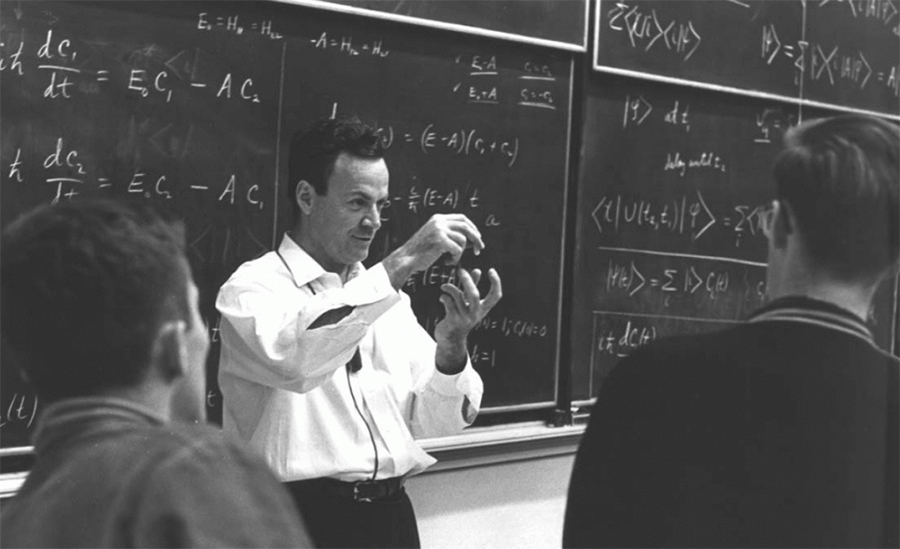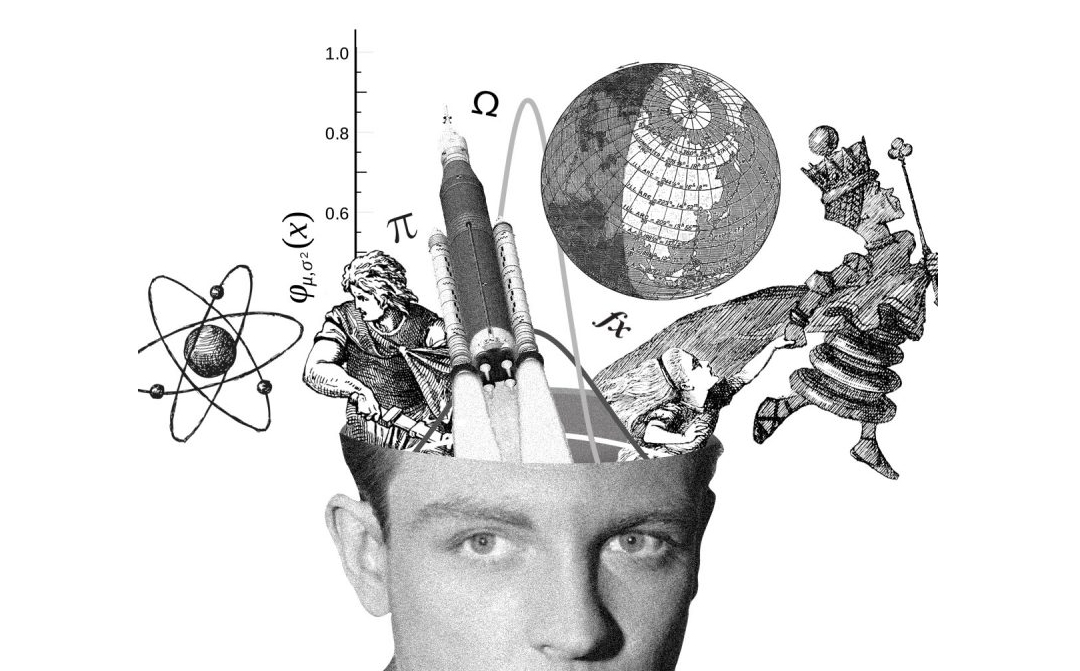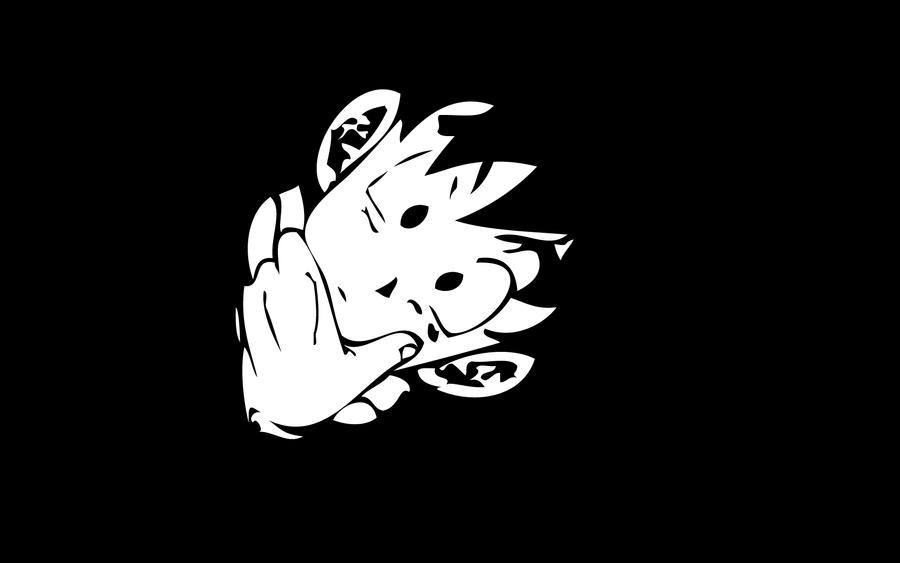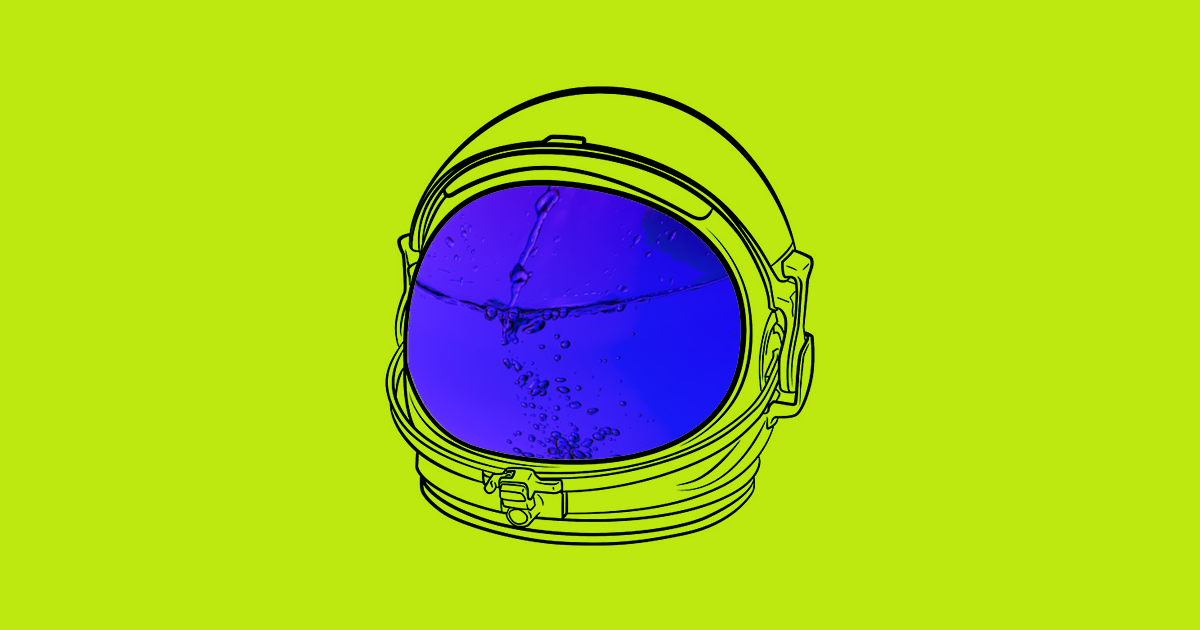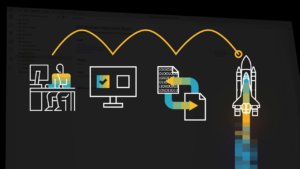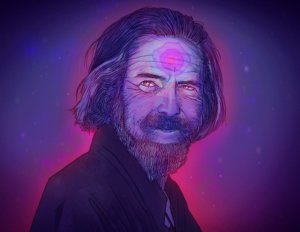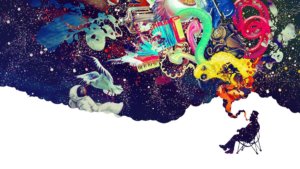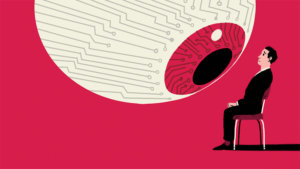You can train your brain to think better. One of the best ways to do this is to expand the set of mental models you use to think. Let me explain what I mean by sharing a story about a world-class thinker.
While reading a story about the famous physicist
Richard Feynman , I first discovered what a mental model is and how useful the right one can be. Feynman earned his BA from MIT and his PhD from Princeton. During this time, he gained notoriety by entering the math department and solving problems that brilliant PhD students couldn’t.
When people asked how he did it, Feynman claimed that his secret weapon wasn’t his intelligence, but a strategy he learned in high school. According to Feynman, his high school physics teacher asked him to stay after class one day and offered something.
“Feynman,” said the teacher, “you talk too much and make too much noise. I know why. You are bored. So I will give you a book. Go to the back, in the corner and read this book, and when you know everything in this book, you can start talking again. ”
Thus, Feynman would go to the back of the class every day and study the “Advanced Calculus by Woods” book, and the rest of the class would continue with regular lectures. And while reading this old math textbook, Feynman began to develop his own mental models.
Feynman describes this process as follows:
“This book showed how to distinguish parameters under the sign of Integral. Universities don’t really teach that. But I understood how to use this method and used it over and over again. So, using this book, I developed special self-taught methods for solving integrals. ”
“When kids at MIT or Princeton had trouble solving Integrals, they wouldn’t be able to do it with the standard methods they learned in school. So I got a great reputation for solving Integrals just because my toolbox was different from everyone else’s and they tried all the tools they had before they gave me the problem. ”
Every PhD student at
Princeton and at MIT is excellent. It was not always his obedience to raw knowledge that set Feynman apart from his peers. This is how he saw the problem. He had a wider array of mental models.
What is the Mental Model? (Mental Model)
A mental model is a description of how something works. It is a concept, framework, or worldview that you carry in your mind to help you interpret the world and understand the relationship between things. Mental models hold deep beliefs about how the world works.
For example, supply and demand is a mental model that helps you understand how the economy works. Game theory is a mental model that helps you understand how relationships and trust work.
Mental models guide your perception and behavior. They are the thinking tools you use to understand life,
make decisions , and solve problems. Learning a new mental model offers a new way to see the world. Just like Richard Feynman learning a new
math technique.
Mental models are flawed but useful. For example, in the fields of physics or engineering, the flawless functioning of the entire universe is explained by more than one mental model. But mental models have allowed us to build bridges and roads, develop new technologies, and even travel into space. As historian and author Yuval Noah Harari puts it:
“Scientists agree that no theory is 100 percent correct. So the true test of knowledge is not real, but useful.”
The best mental models are the ideas that are most useful. They are widely useful in everyday life. Understanding these concepts helps you make smarter choices and take better action. Developing a broad base of mental models is therefore essential for anyone who wants to think clearly, rationally and effectively.
The Secret to Thinking Big and Making Decisions
Expanding your mental model set is something to work on. We all have our favorite mental models that we bring as explanations for how or why something happens. As you get older and develop expertise in a particular field, you tend to support the mental models that are most familiar to you.
The problem is this: If a certain worldview dominates your thoughts, you will try to explain every problem you encounter in the worldview.
The more you master a single mental model, the more likely that mental model will turn into a collapse because you start applying it indiscriminately to every problem. What appears to be expertise is often a limitation. As a proverb says:
“When all you have is a hammer, everything is like a nail.”
Let’s take this example from biologist Robert Sapolsky. “Why did the chicken cross the road?” she asked. Then came answers from different experts.
● If you ask an evolutionary biologist, he might say, “The chicken crossed the road because it saw a potential mate on the other side.”
● If you ask a kinesiologist, he might say, “The chicken crossed the road because the muscles in the leg contracted and pulled the leg bone forward with each step.”
● If you ask a neuroscientist, he might say, “The chicken crossed the road because the neurons in the chickens’ brains activated and triggered the movement.”
Technically speaking, these experts are all right. But no one sees the whole picture. Each individual mental model is just one aspect of reality. The difficulties and situations we face in life cannot be explained by just one thing.
All perspectives capture some truth. But none of them completely contain the truth.
Relying on a narrow thinking set is like putting on a mental straitjacket. Your cognitive range of motion is limited. When your mental models are limited, so is your potential to find a solution. To unlock your full potential, you have to assemble mental models. Thus, the secret to big thinking is to learn various mental models and make them work.
Expanding Your Set of Mental Models
The process of accumulating mental models is like developing your vision. Each eye can see something by itself. But if you protect one of them, you will lose part of the scene. It is impossible to see the whole picture with one eye.
Similarly, mental models provide an internal view of how the world works. We must constantly upgrade and improve the quality of this painting. That means
reading widely from the best books, studying the basics of seemingly unrelated areas, and learning from people with wildly different life experiences.
The mind’s eye needs a variety of mental models to put together a complete picture of how the world works. The more resources you have to use, the clearer your thinking becomes. As the philosopher Alain de Botton put it:
“The archenemy of good decisions is a lack of perspective on the problem.”
In Search of Liquid Knowledge
In school, we tend to divide knowledge into different compartments (biology, economics, history, physics, philosophy). In the real world, information is rarely broken down into neatly defined categories. To
quote Charlie Munger:
“All the wisdom of the world is not found in a small academic faculty.”
Top-notch thinkers are often uncategorized thinkers. They avoid looking at life through the lens of a subject. Instead, they develop what is called “fluid knowledge” that flows easily from one subject to another.
That’s why it’s important not just to learn new mental models, but to think about how they connect with each other. Creativity and innovation often occur at the intersection of ideas. By identifying connections between various mental models, you can identify solutions that most people overlook.
Source.
